Category: Guides & How-Tos
-
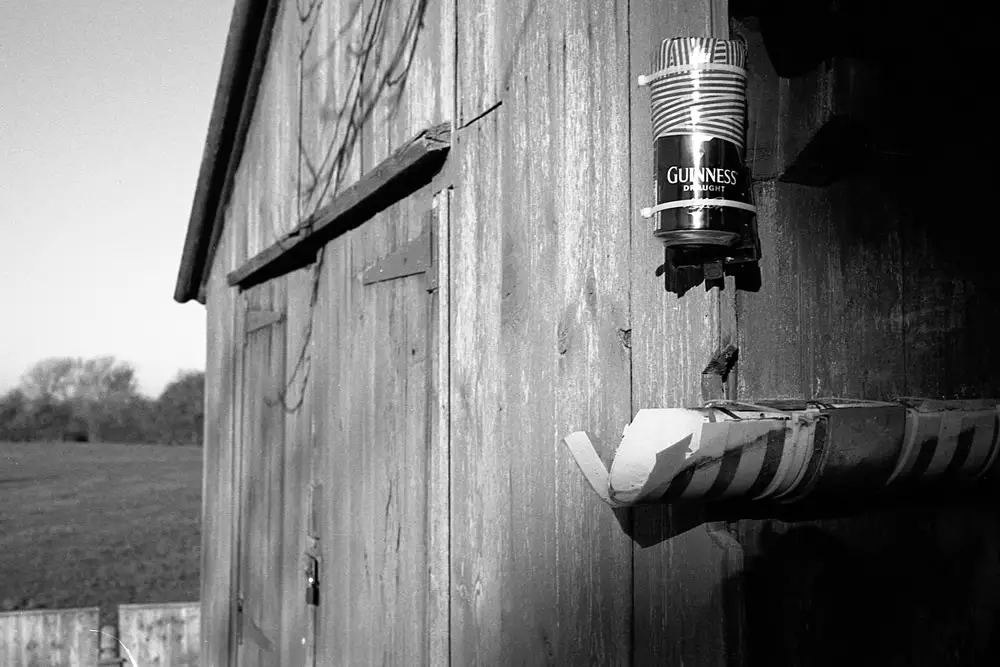
How to get started with solargraphy
Every year on the summer solstice, the sun is higher in the sky than at any other time in the year.
-
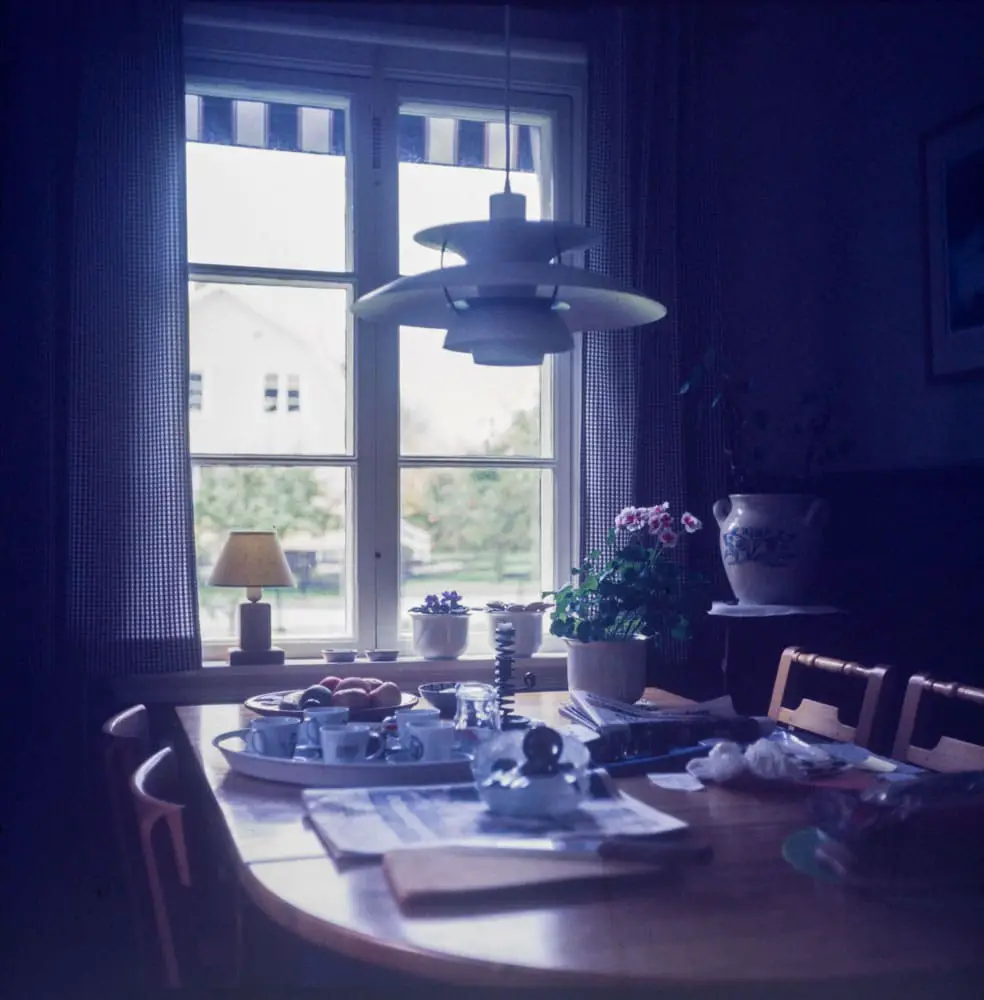
How to develop your own slide film with the Tetenal Colortec E-6 kit
Congratulations, if you are reading this article then you are (hopefully!) willing to take the next step in your film development adventure.
-
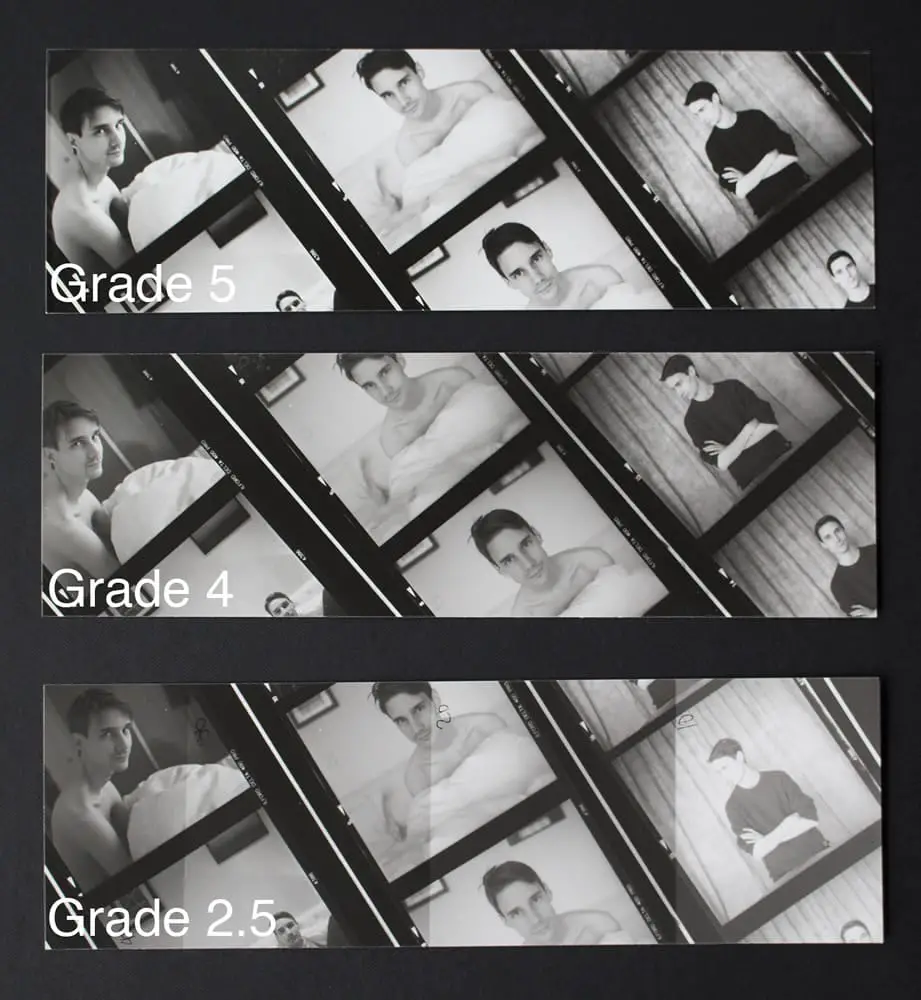
An introduction to black and white darkroom printing
Black and white printing is (obviously) fun, and easy to get into.
-
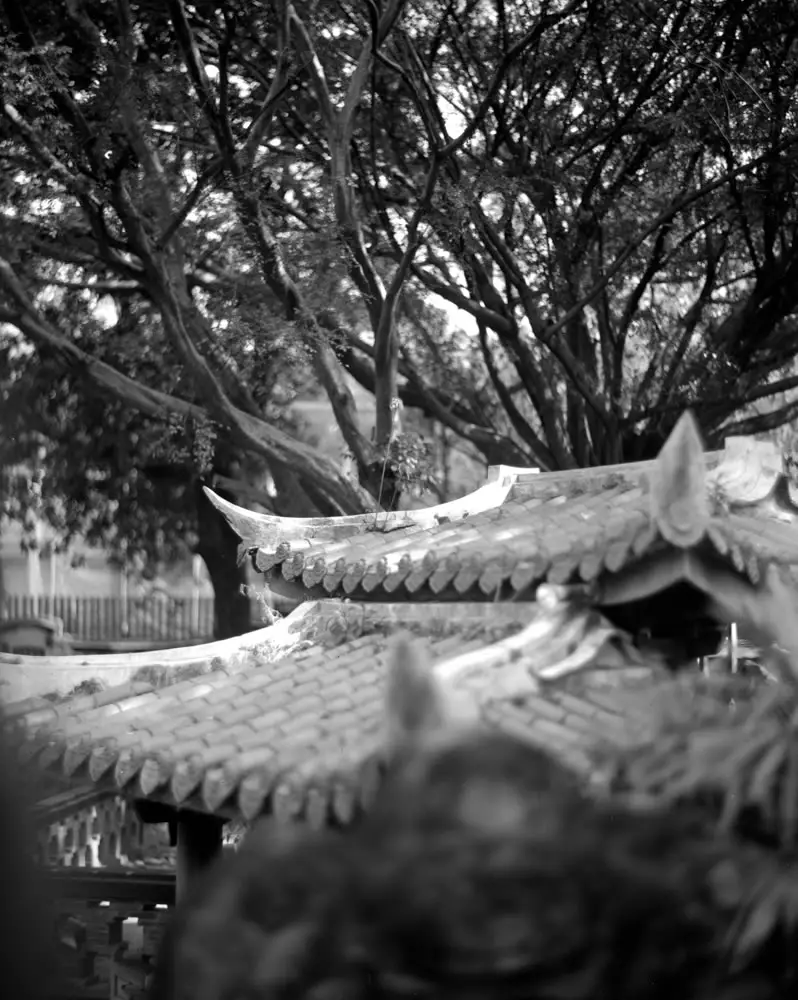
Building a naked Aero Ektar Speed Graphic: The AEROgraphic project part 6: conclusion and example images
Welcome to the sixth and final part of the AEROgraphic project series.
-
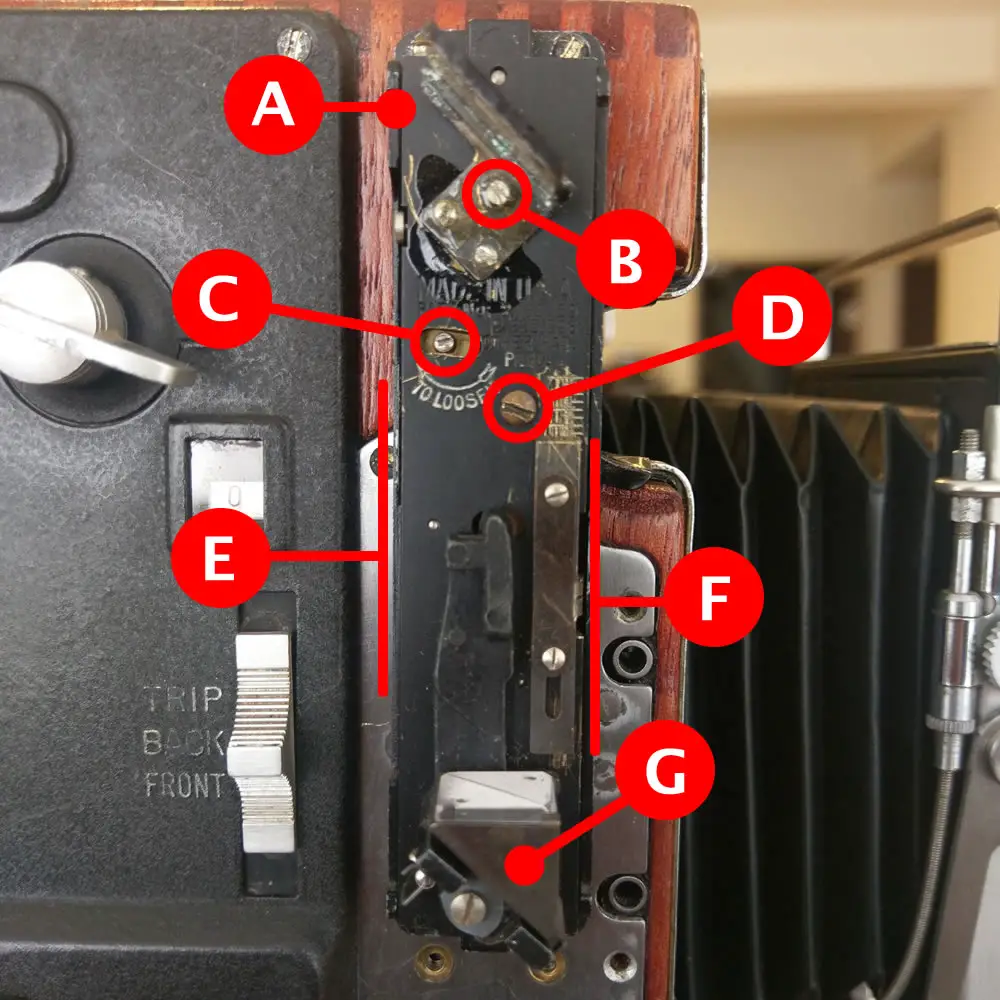
Building a naked Aero Ektar Speed Graphic: The AEROgraphic project part 5: Focal plane shutter tuning and rangefinder
Welcome to part five – the penultimate part – of the AEROgraphic project. In this article you will finally be finishing your build.
-
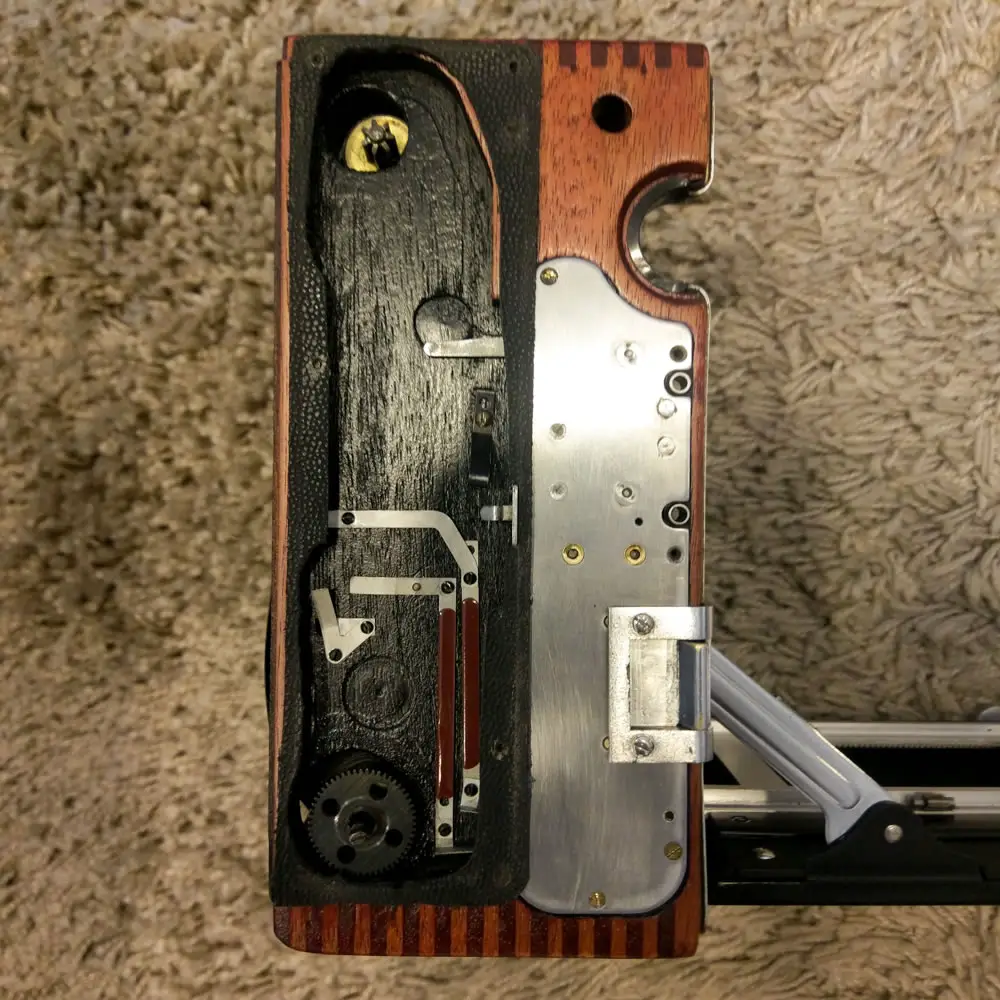
Building a naked Aero Ektar Speed Graphic: The AEROgraphic project part 4 – reassembly
Welcome to the final stretch. If you’ve made it this far then you’re very close to seeing your AEROgraphic project come together.
-
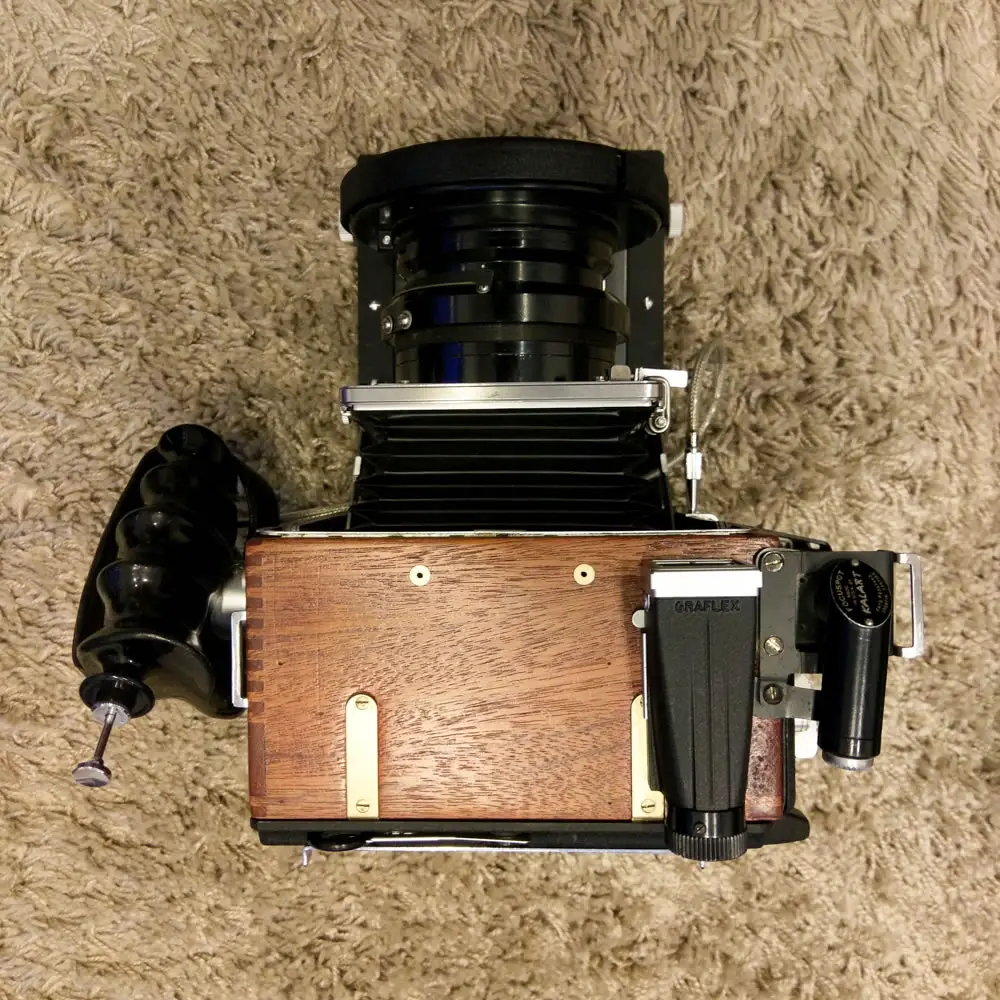
Building a naked Aero Ektar Speed Graphic: The AEROgraphic project part 3 – preparing and finishing the body
Welcome to part three of the AEROgraphic Project! There’s no time for preamble, as this is where things start to get really interesting (and fun).
-
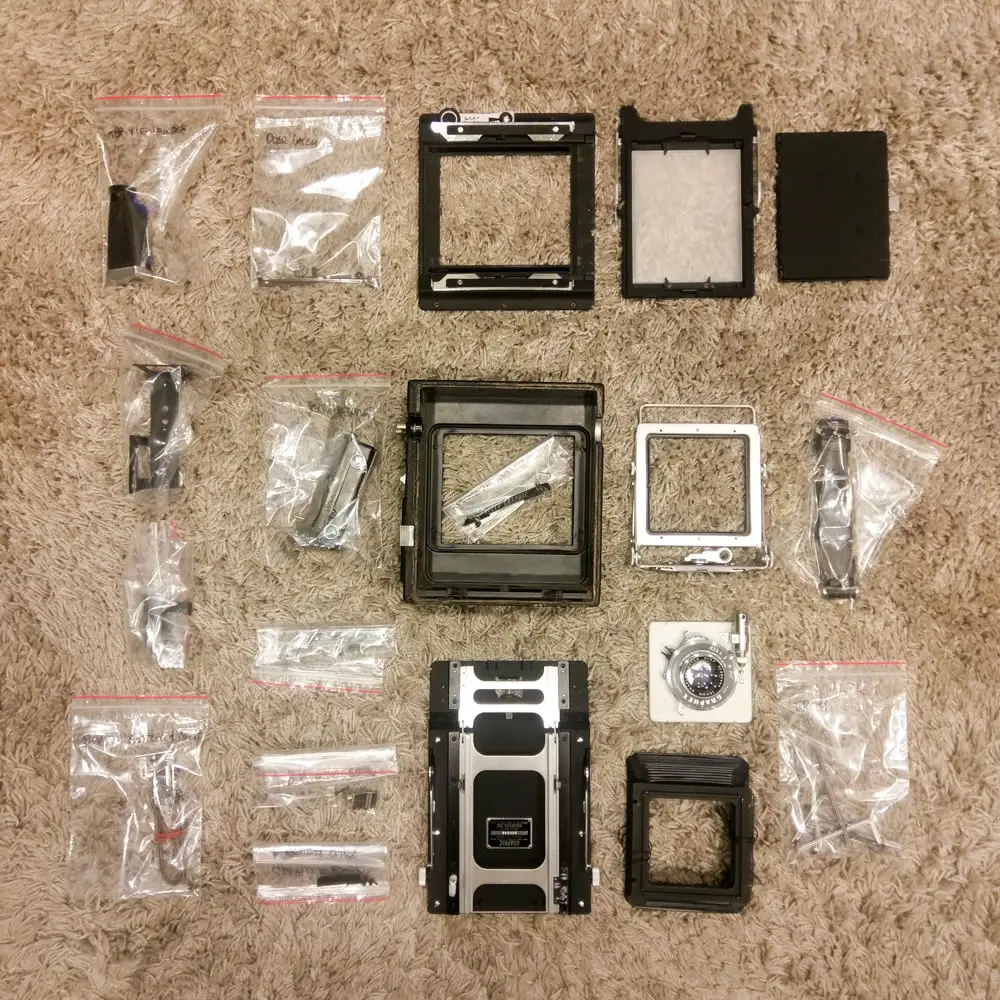
Building a naked Aero Ektar Speed Graphic: The AEROgraphic project part 2 – disassembly and strip down
Welcome back for part two of the naked Aero Ektar Speed Graphic project.
-
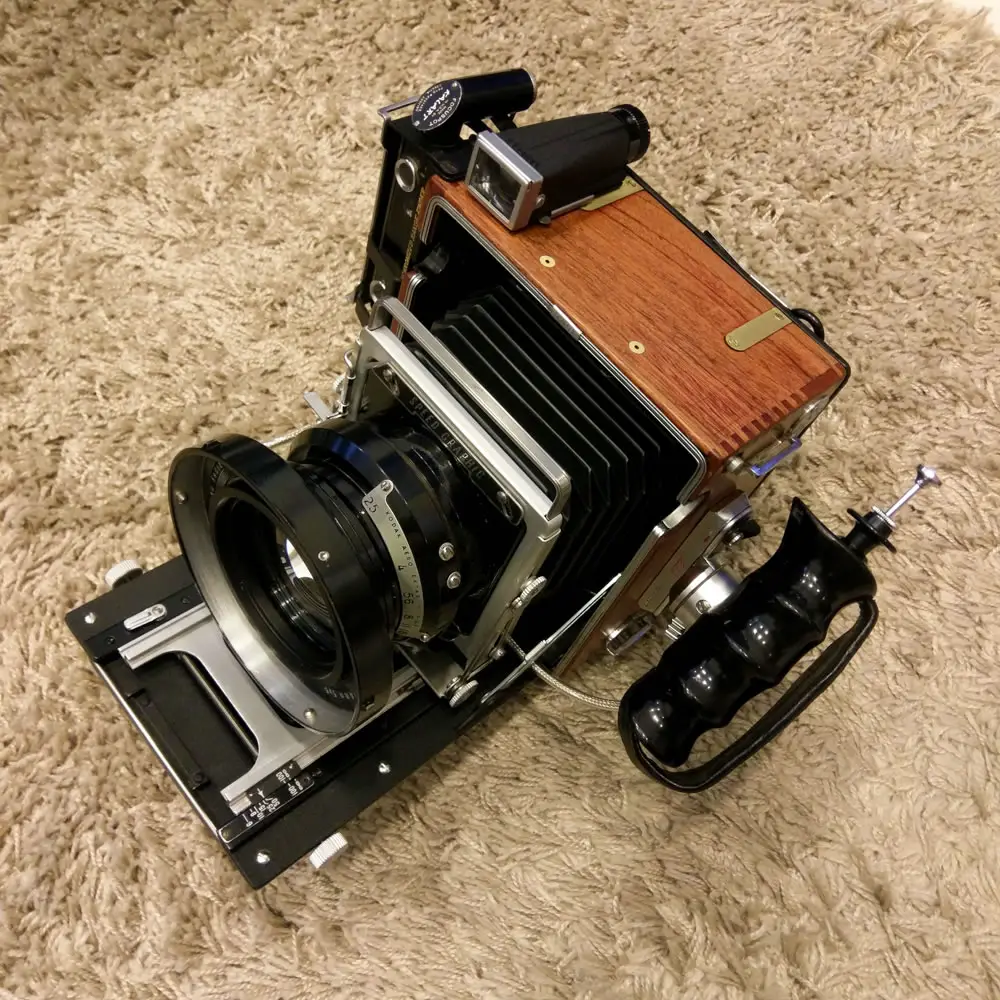
Building a naked Aero Ektar Speed Graphic: The AEROgraphic project part 1 – introduction and required materials
This is the first of a six-part series in which I will describe the process of creating a “naked” Graflex Pacemaker Speed Graphic 4×5 camera and Kodak Aero Ektar lens combination;
-
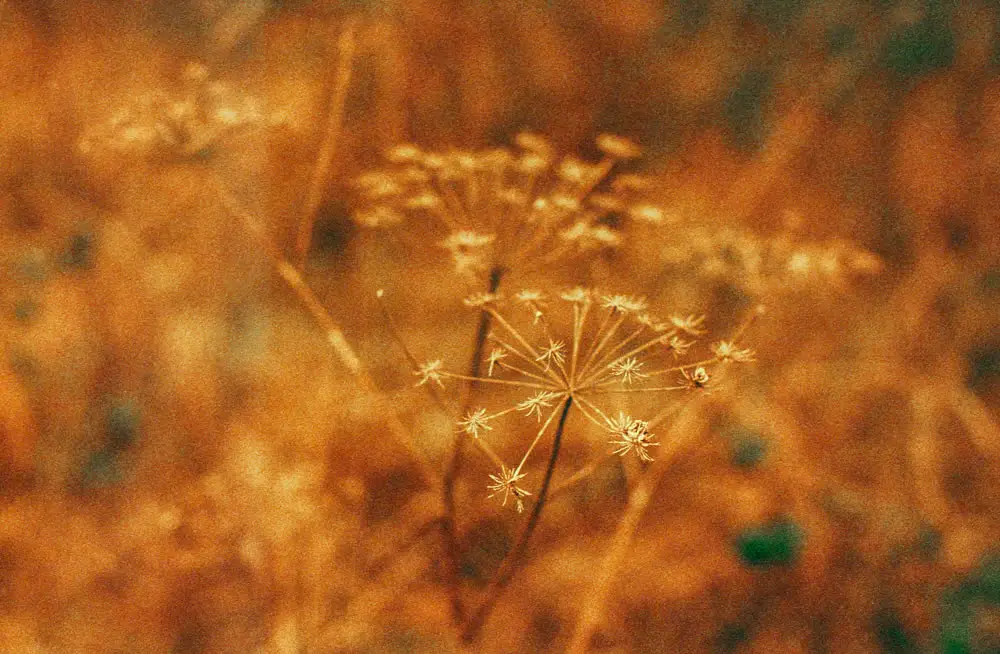
How to make and experiment with homemade redscale film
This article covers making and experimenting with redscale film at home.
-
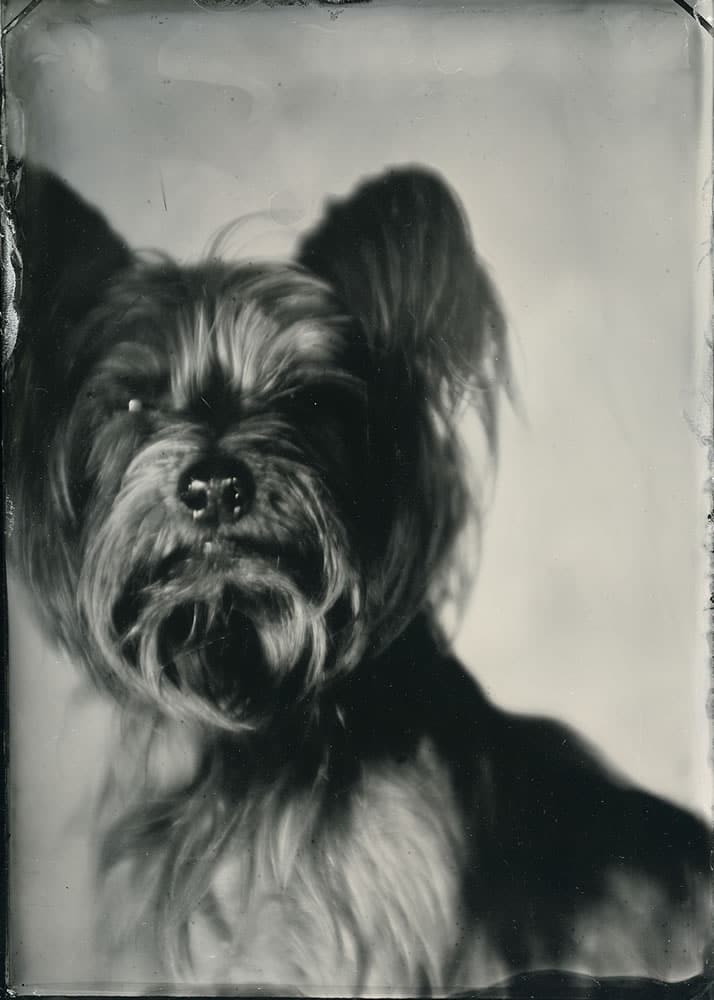
How to: An introduction to wet plate collodion
You might remember that we featured an interview with Robert Marsters some months ago.
-

Visualisation for film photographers
We’re incredibly proud to bring you the first in what will hopefully be a new series of articles focused on providing a more educational look at certain aspects of film photography.
-
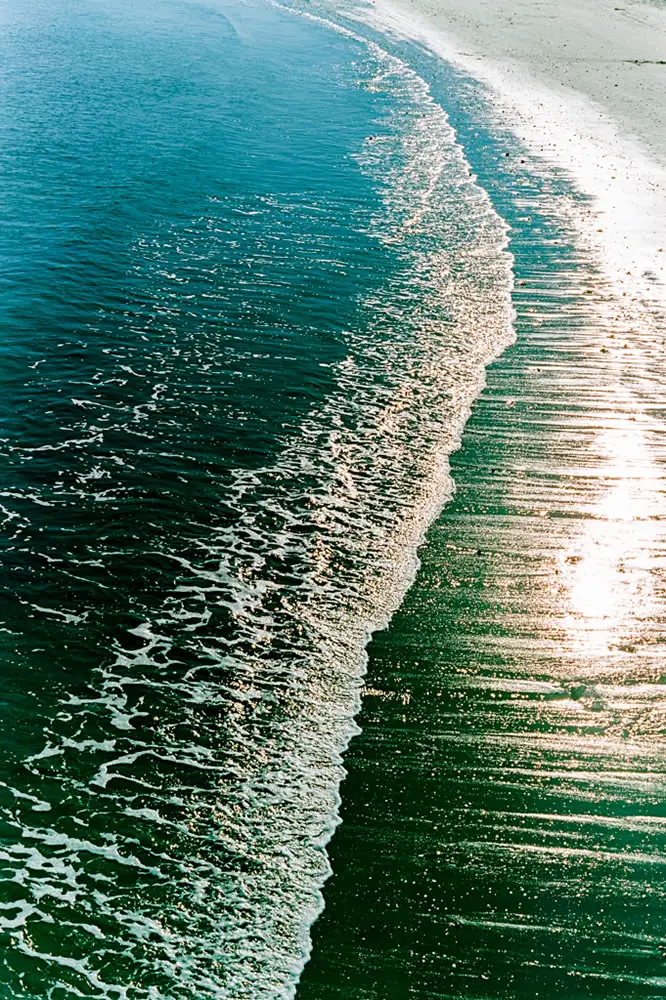
Developing motion picture film in your own darkroom
Snatched from the streets of San Diego in late March 2016 by a group of masked assailants, Diz has been spending some time at EMULSIVE HQ (voluntarily) working on a guest post covering his process for developing motion picture film
-
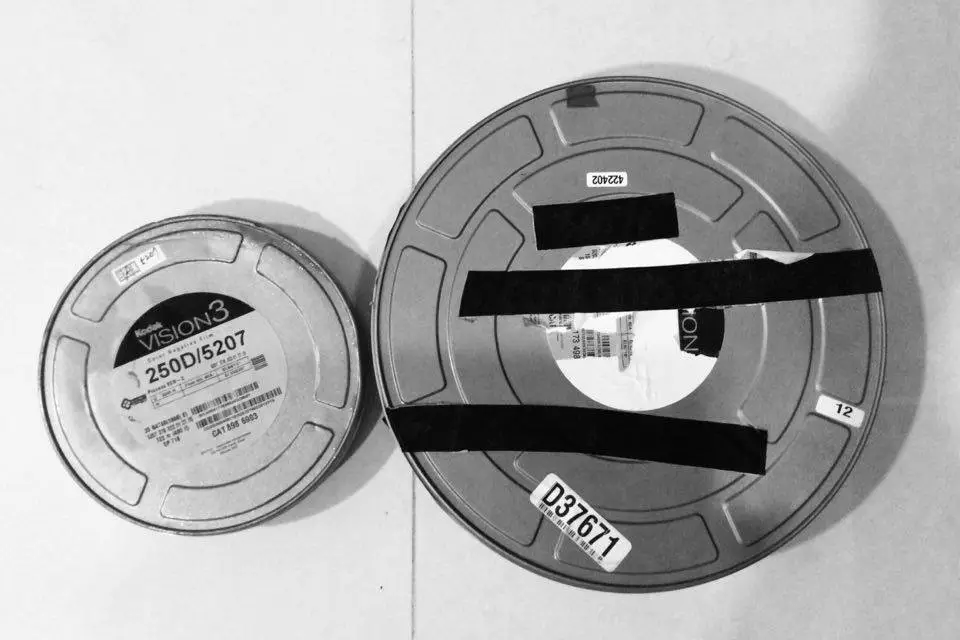
How to bulk load 120 or 220 film (using 65mm Kodak 250D 5207)
In June 2015 I was lucky enough to source a fresh 300ft short-end of Kodak’s 250D (Vision 3 5207) motion picture stock in 65mm format.
-
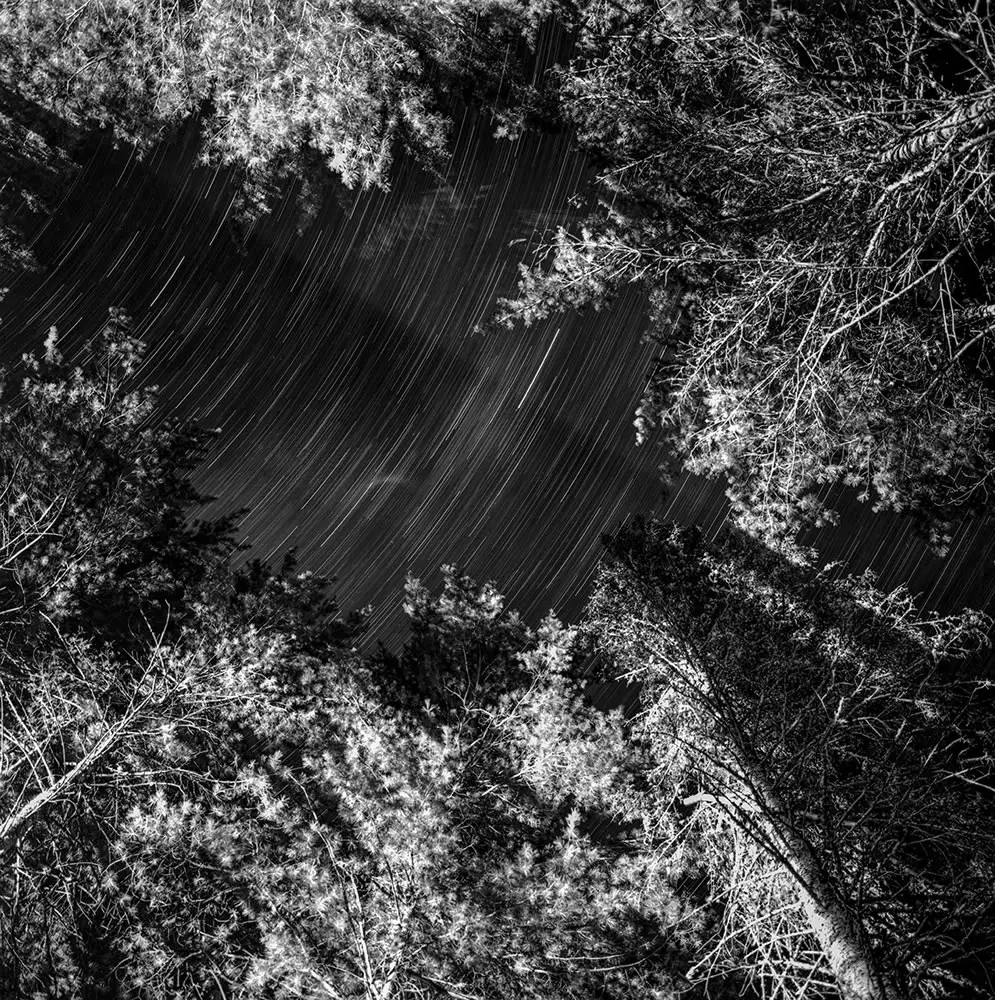
How to get started with pushing (and pulling) film
We’ve roped the very agreeable Michael Bitaxi into putting together a guest post for us covering everything you need to get started with pushing and pulling film. It’s a great read for those of you who are thinking about dipping
-
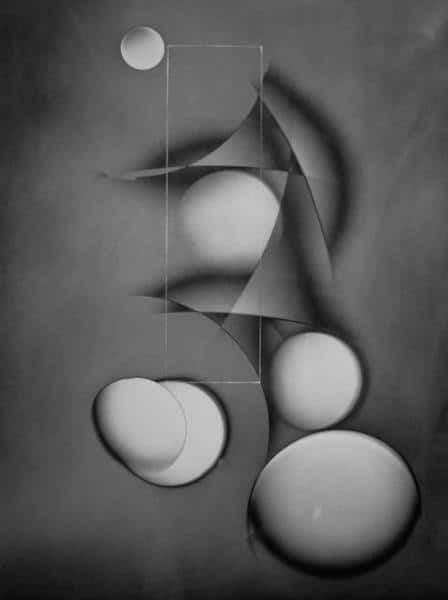
An introduction to Luminograms with Michael Jackson
If you’re a regular reader of EMULSIVE interviews, then you may remember our piece with Michael Jackson and his wonderful work at Poppit Sands back in October last year. You may also have noticed that most of his output of
-
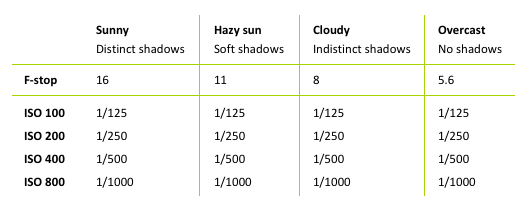
FAQ: How aperture, shutter speed and ISO affect your photography
Mastering photography is without a doubt a slow and laborious process, regardless of your choice of medium.
-
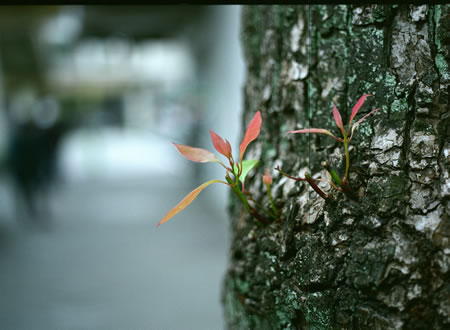
What is depth of field?
Depth of Field (DoF) its use and control in your photography is crucial. When used effectively, Depth of Field can make the difference between a good photograph and a great one.






